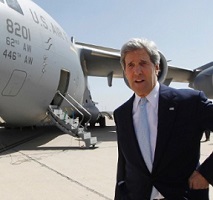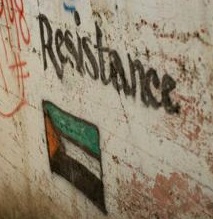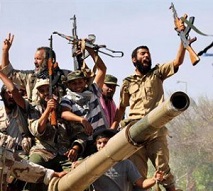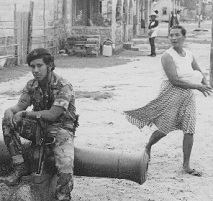Source: Truthout
When President Obama said on August 8, 2014, that: “with innocent people facing the prospect of violence on a horrific scale . . . when we have the unique capabilities to help avert a massacre, then I believe the United States of America cannot turn a blind eye,” you might have thought that he was talking about the current situation in Gaza. However, as you may or may not be aware, we are once again back to talking about Iraq.
Considering that the US government is ultimately responsible for the scale of death and destruction in Gaza through its sponsorship and unfaltering support for the state of Israel, it might be prudent to ask why, in this part of the world, at this point in time, the US government is considering airstrikes “to prevent a potential act of genocide” while supporting another one in a completely different location. Bear in mind that last year, Iraq saw its most violent year without so much as a comment from Western powers. read more





